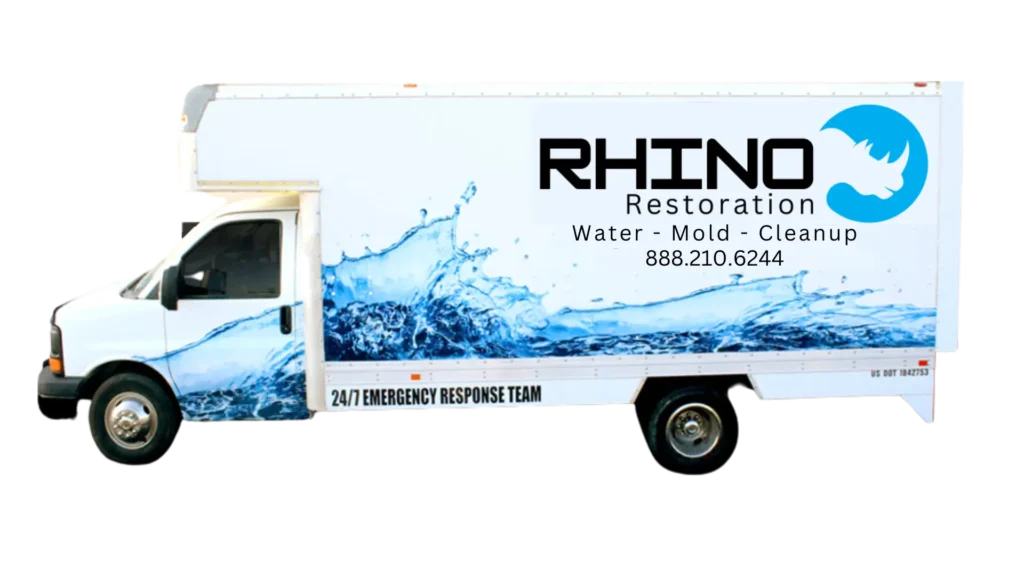Pasco County Florida
Rhino Restoration: Your Trusted Pasco County Restoration Experts and Local Restoration Service in Pasco County.
When disaster strikes in Pasco County, Rhino Restoration is here to help bring your home back to life. Serving Pasco County and surrounding communities throughout the Bay Area, we specialize in restoring properties affected by water damage, mold and storms. With Pasco County’s unique weather patterns, including frequent afternoon thunderstorms and hurricane season, our local expertise ensures we can handle any challenge Mother Nature throws your way. We understand how stressful these situations can be, and our dedicated team is committed to providing you with peace of mind during your restoration journey.
At Rhino Restoration, we offer a full range of services tailored to meet the specific needs of Pasco County homeowners. Whether you’re dealing with extensive water damage from a tropical storm or flooding during the rainy season, or combating minor mold growth due to the area’s humidity, we provide customized solutions for every home. Our team is trained to respond quickly, ensuring that we tackle the problem before it worsens. With our focus on quality and care, you can trust us to restore your Pasco County home efficiently and effectively, bringing it back to its pre-damage condition.
RESTORATION SERVICES WE OFFER
- Emergency Water Removal
- Water Damage Assessment
- Structural Drying
- Dehumidification
- Contents Cleaning and Restoration
- Odor Removal
- Sewage Cleanup
- Burst or Leaking Pipe Repair
- Insurance Claim Assistance
- Commercial Water Damage Restoration
- Storm Damage Restoration
- Crawl Space Cleaning and Restoration
- Appliance Leak Cleanup
- Carpet and Upholstery Cleaning
EMERGENCY DISASTER RESTORATION
- Our Service Areas
Rhino Restoration works hard to help you feel at ease after a disaster. We fix your property fast and get things back to normal with our complete restoration services.
- Brandon
- Hillsborough County
- New Port Richey
- Pasco County
- Pinellas County
- Plant City
- Polk County
- Springhill
- St Petersburg
- Clear Water
- Tampa
- Lutz
- Wesley Chapel
- Dunedin
- Palm Harbor
- Land o Lakes
- Largo
- Pinellas Park

GET EXPERT HELP TODAY!
Why Choose us
24/7 Availability
Disasters don’t wait, and neither do we. Our team is ready to respond to your emergency any time, day or night.
Rapid Response
We pride ourselves on reaching your location quickly to prevent further damage and start the water removal process immediately.
Certified Experts
Our technicians are trained, certified, and experienced in handling water damage of all sizes and complexities.
Insurance Assistance
We work directly with your insurance company to simplify the claims process and reduce your stress.
ABOUT PASCO COUNTY, FLORIDA

Pasco County, Florida, is one of the fastest-growing regions on the Gulf Coast — known for its mix of suburban communities, rural landscapes, coastal towns, and thriving business districts. From New Port Richey and Trinity to Wesley Chapel, Holiday, Land O’ Lakes, and Zephyrhills, the county offers a wide range of neighborhoods, new developments, and commercial hubs that attract families, retirees, and entrepreneurs.
But Pasco County also experiences the challenges that come with Florida’s climate. Heavy rain, high humidity, tropical storms, sinkholes, and seasonal flooding can all lead to water damage, mold growth, and structural deterioration. Property owners also face issues like plumbing failures, sewage backups, storm debris, fire damage, and electrical malfunctions.
Rhino Restoration proudly serves all of Pasco County with fast, dependable 24/7 emergency restoration services. Whether you’re dealing with storm destruction, water damage, mold, fire, or flooding, our certified team responds quickly to secure your property and begin the restoration process safely.
FREQUENTLY ASKED QUESTIONS ABOUT RESTORATION SERVICES IN PASCO COUNTY, FL
Property damage can be overwhelming — especially when it happens unexpectedly due to storms, flooding, leaks, fires, or mold growth. To support Pasco County homeowners and businesses, we’ve put together the most common questions about the restoration process, timelines, insurance support, and emergency services. These FAQs offer clear guidance so you know exactly what to expect at every stage.
How fast can your team reach locations within Pasco County?
We offer rapid 24/7 emergency response and can quickly reach all areas of Pasco County — including New Port Richey, Trinity, Holiday, Wesley Chapel, Land O’ Lakes, Port Richey, Zephyrhills, and beyond.
Do you assist with insurance claims?
Yes. We work directly with your insurance company, handle damage documentation, and help simplify the entire claims process.
What restoration services do you provide in Pasco County?
We offer water damage restoration, mold remediation, fire damage repair, storm cleanup, flood extraction, odor removal, sanitization, and more.
Is mold a frequent problem in Pasco County homes and businesses?
Absolutely. The region’s humid, coastal climate makes mold growth very common — especially after leaks, flooding, or storm-related moisture issues. We provide full mold inspection, testing, and professional remediation.
Driving Directions
Getting to our nearest Rhino Restoration service hub from anywhere in Pasco County is convenient. Here are example route sections you can use:
PASCO COUNTY
NEW PORT RICHEY
PASCO COUNTY
TRINITY
PASCO COUNTY
WESLEY CHAPEL
GETTING HERE: TRANSIT INFORMATION IN PASCO COUNTY, FL
Helpful transportation information for navigating Pasco County:

PASCO COUNTY PUBLIC TRANSIT (PCPT)

COUNTY PARKING & PUBLIC LOTS

LOCAL TAXI & RIDE-SHARE SERVICES (UBER & LYFT)
PASCO COUNTY, FL LOCATION & CONTACT INFORMATION
Call now to speak to our Emergency Service Team


Rhino Restoration is committed to helping you recover after disasters, bringing your property back to normal with care and expertise. We provide a full range of restoration services to meet all your residential needs.
Mold License #: MRSR5353
- PASCO COUNTY, FL, USA
Copyright © 2024 Rhino Restoration
